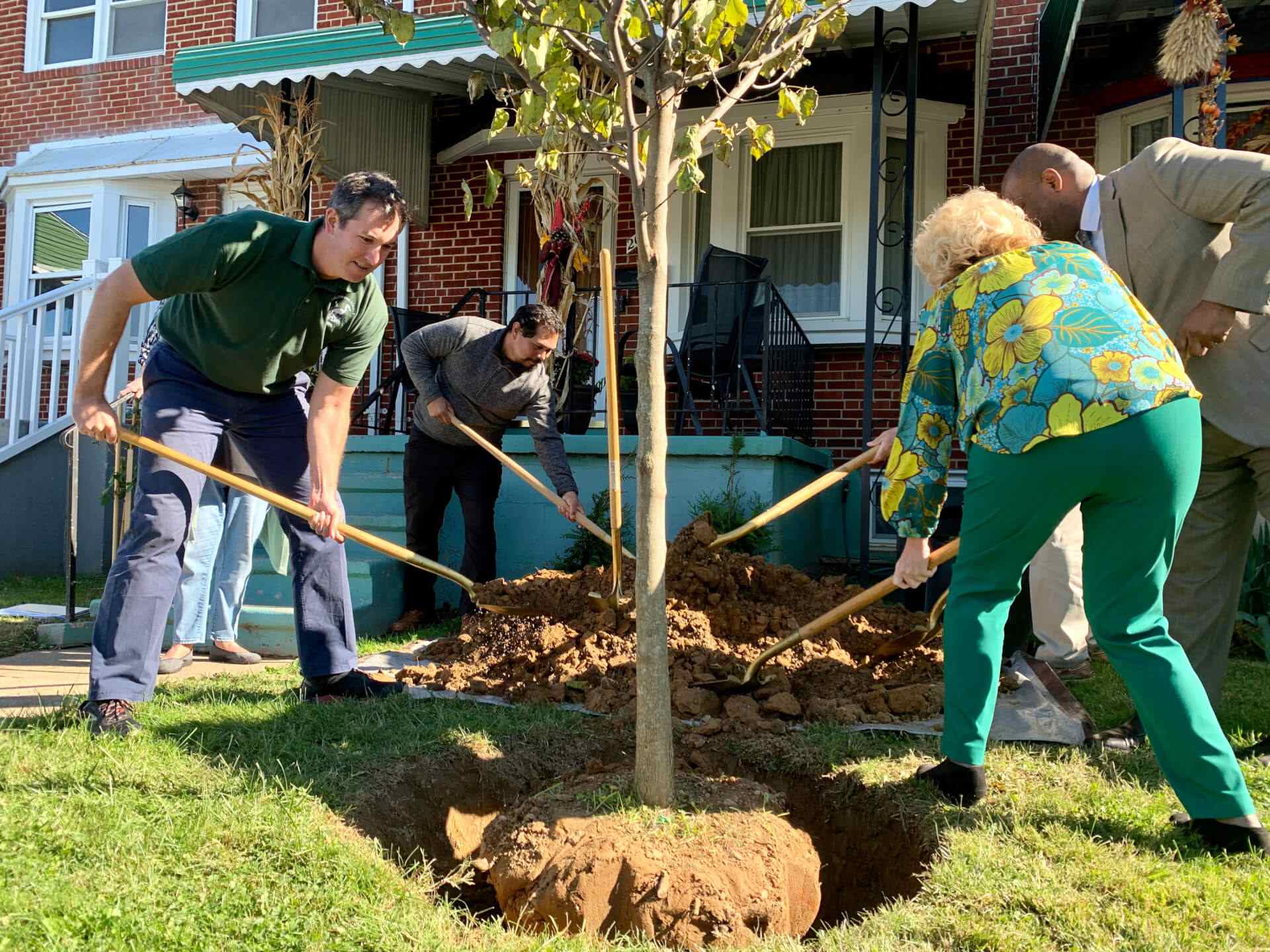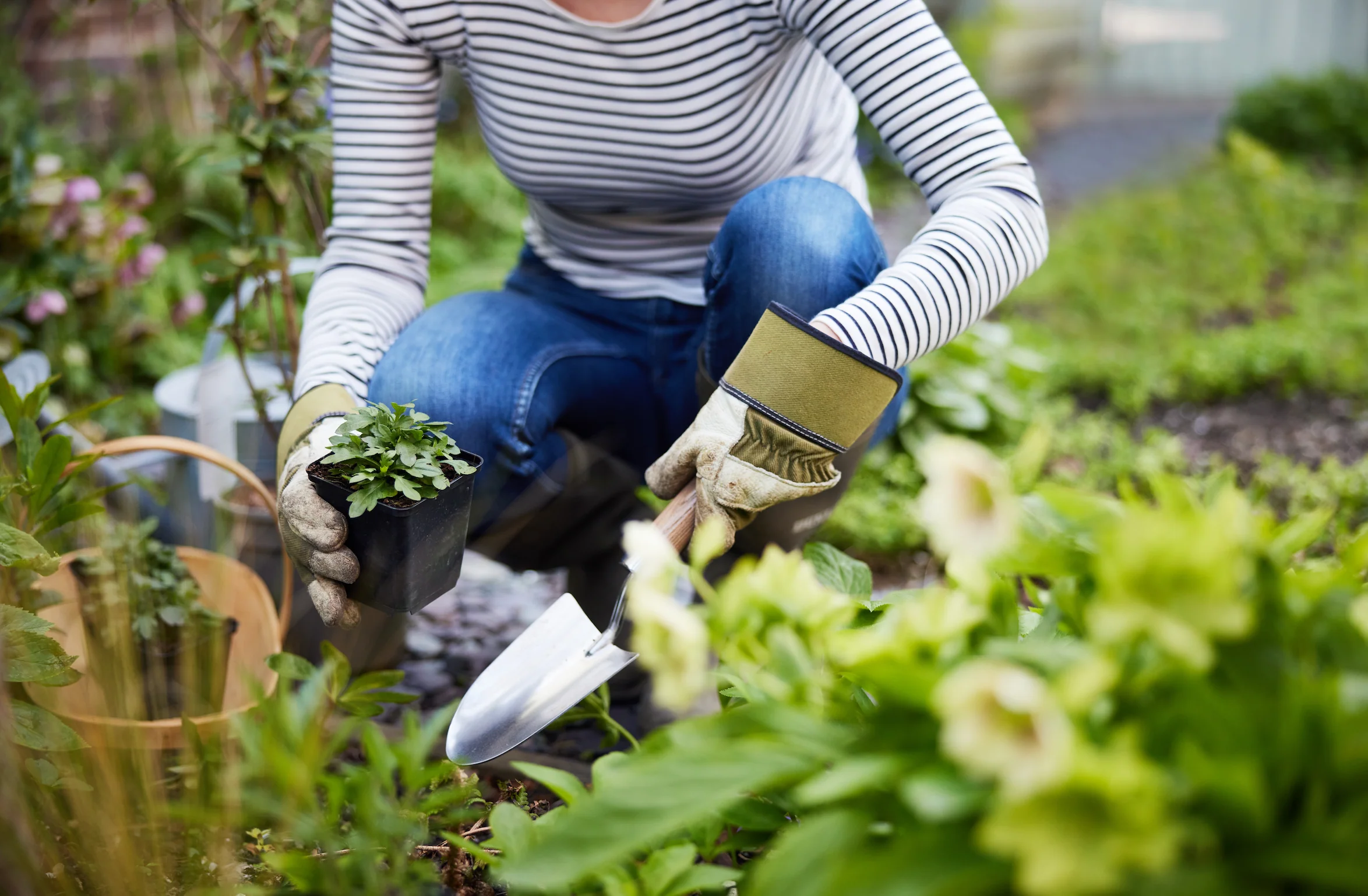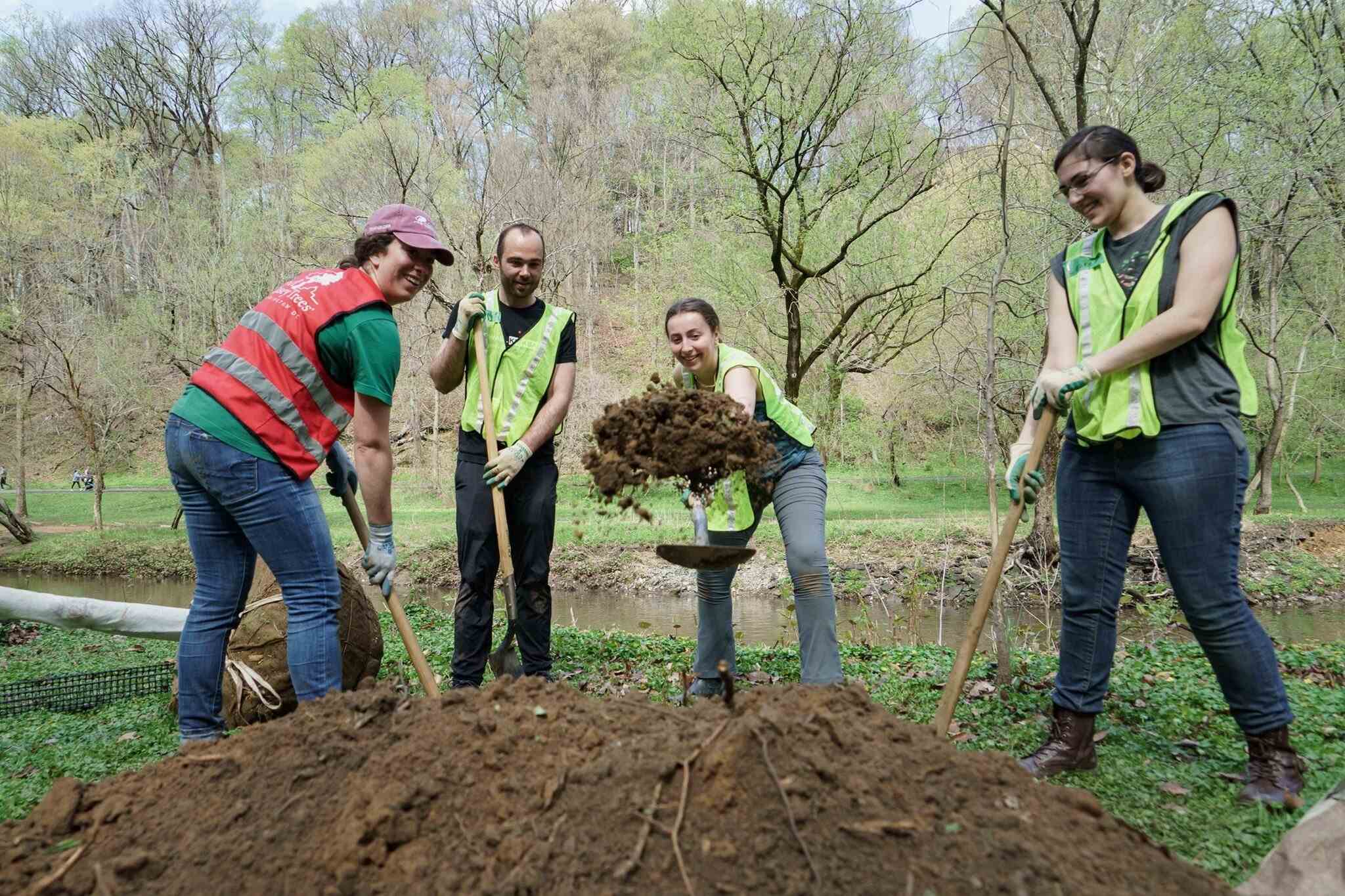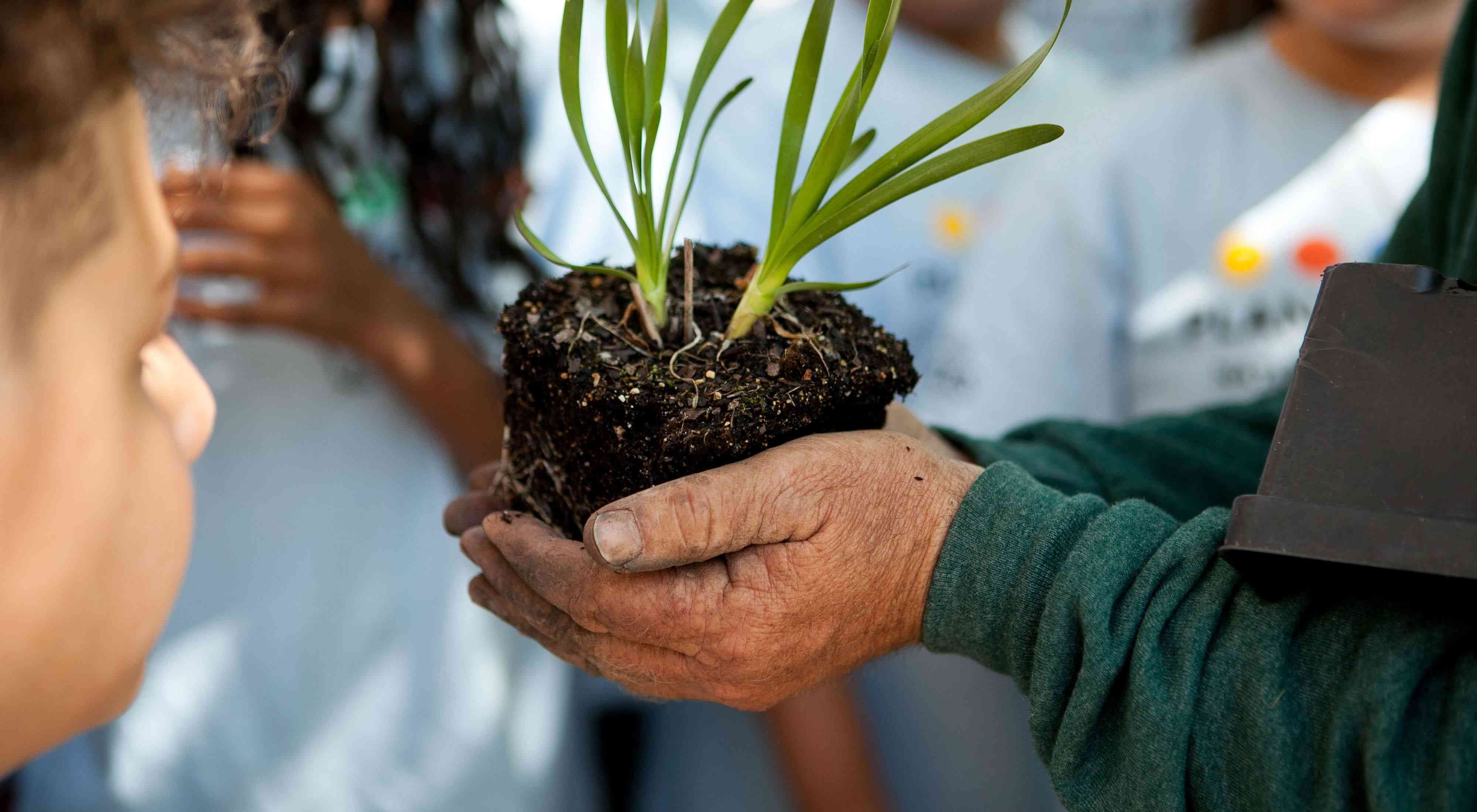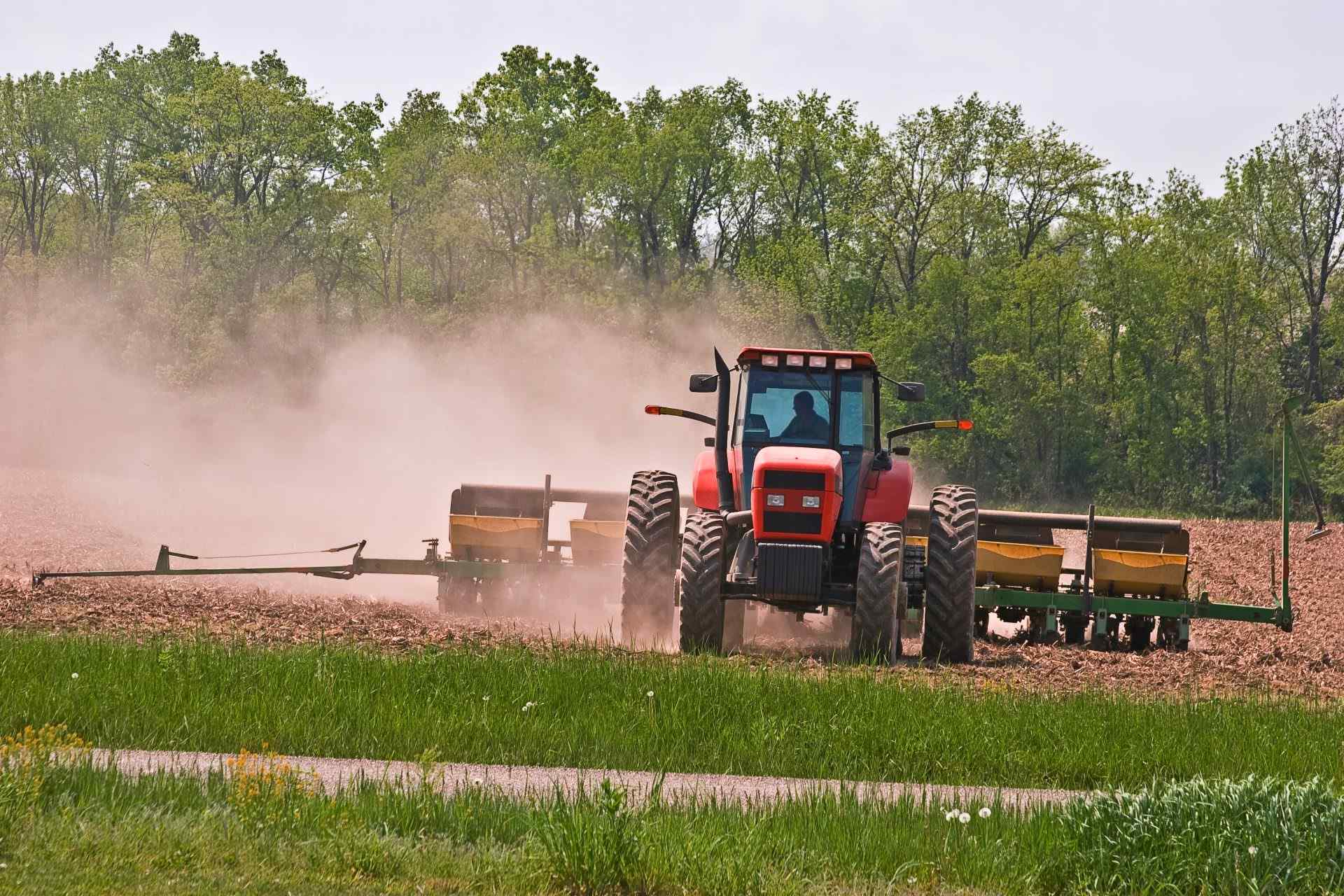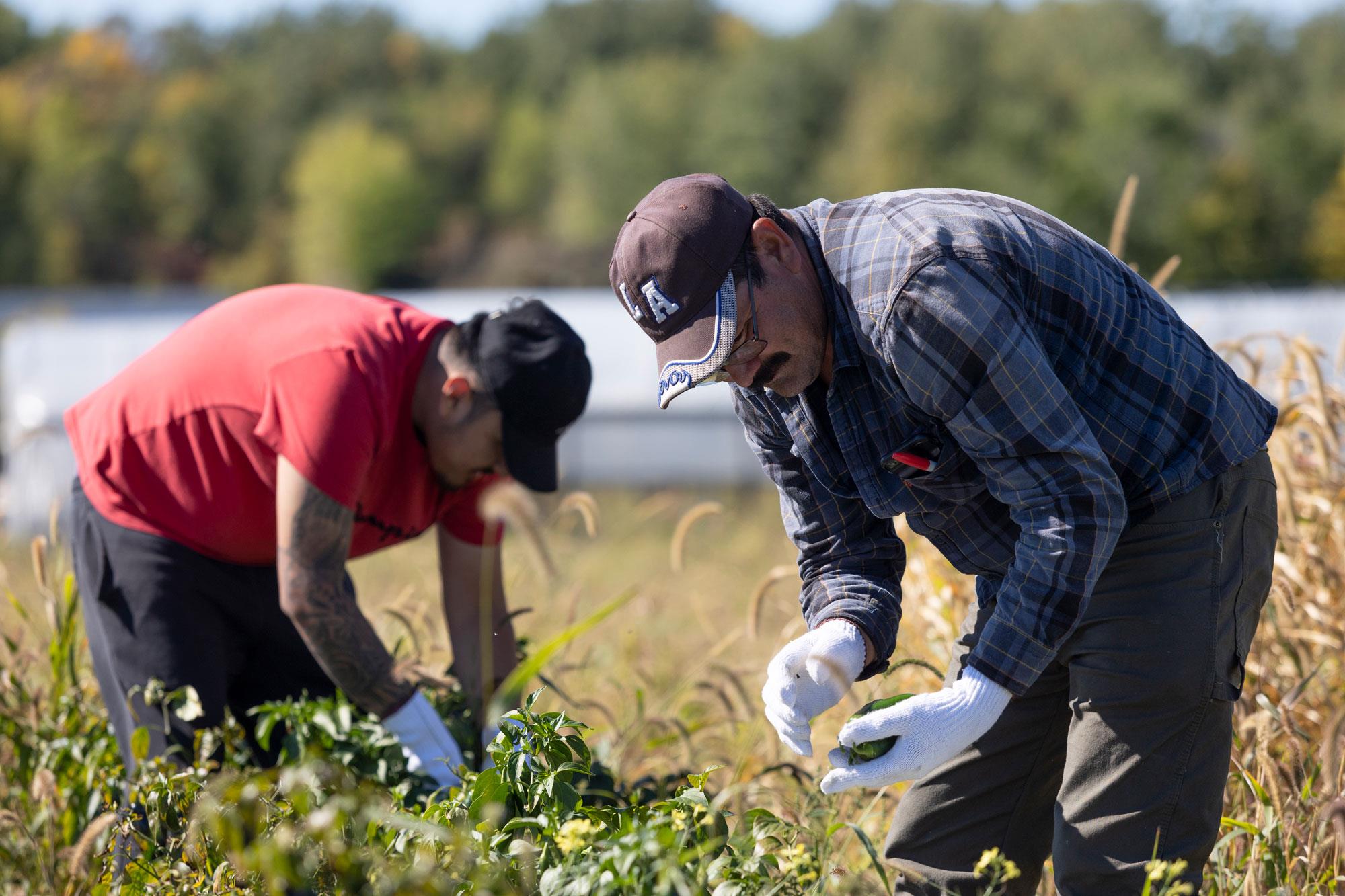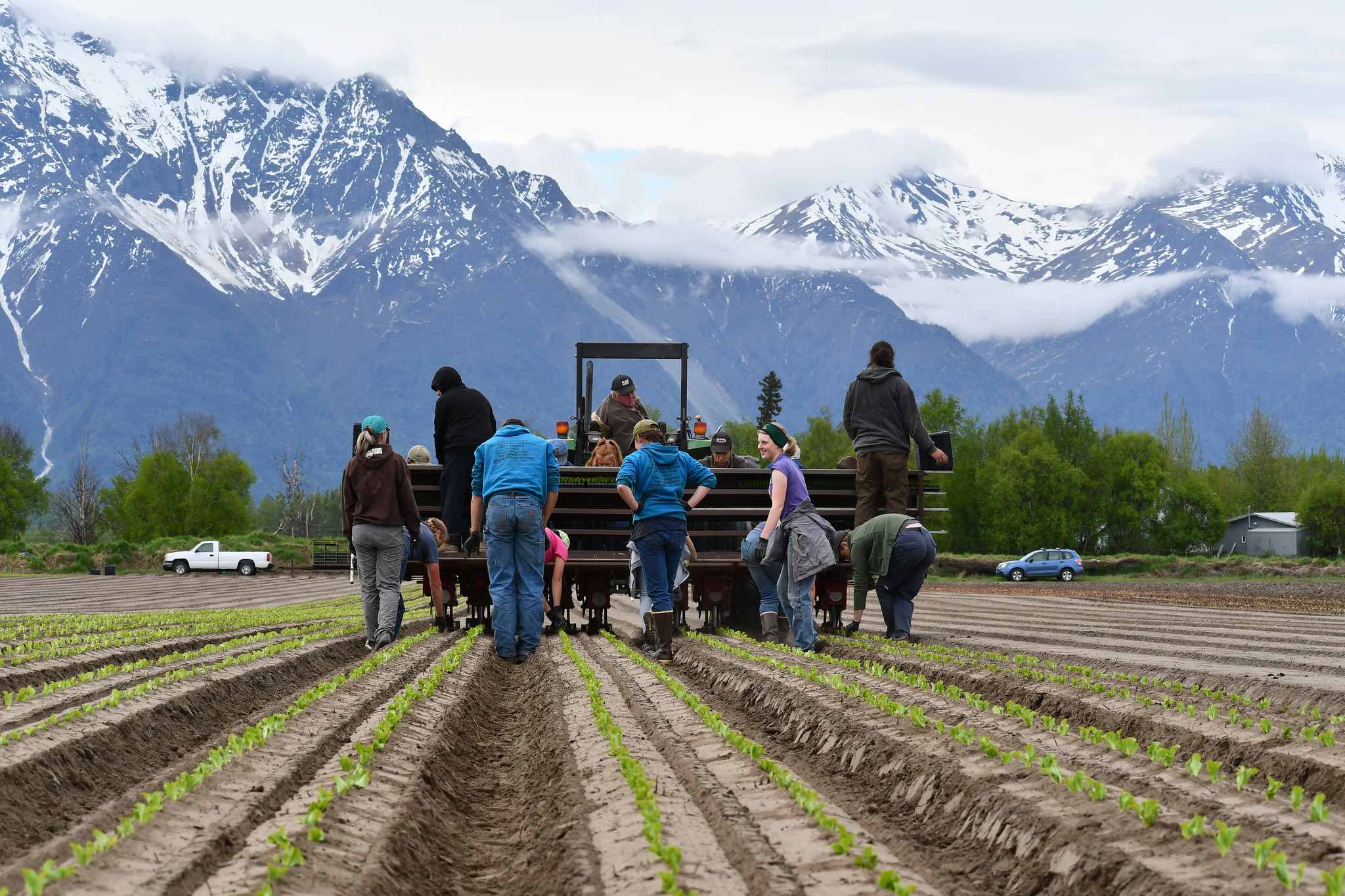Home>Gardening Basics>Understanding Soil>What Is The Planting Zone For Oregon
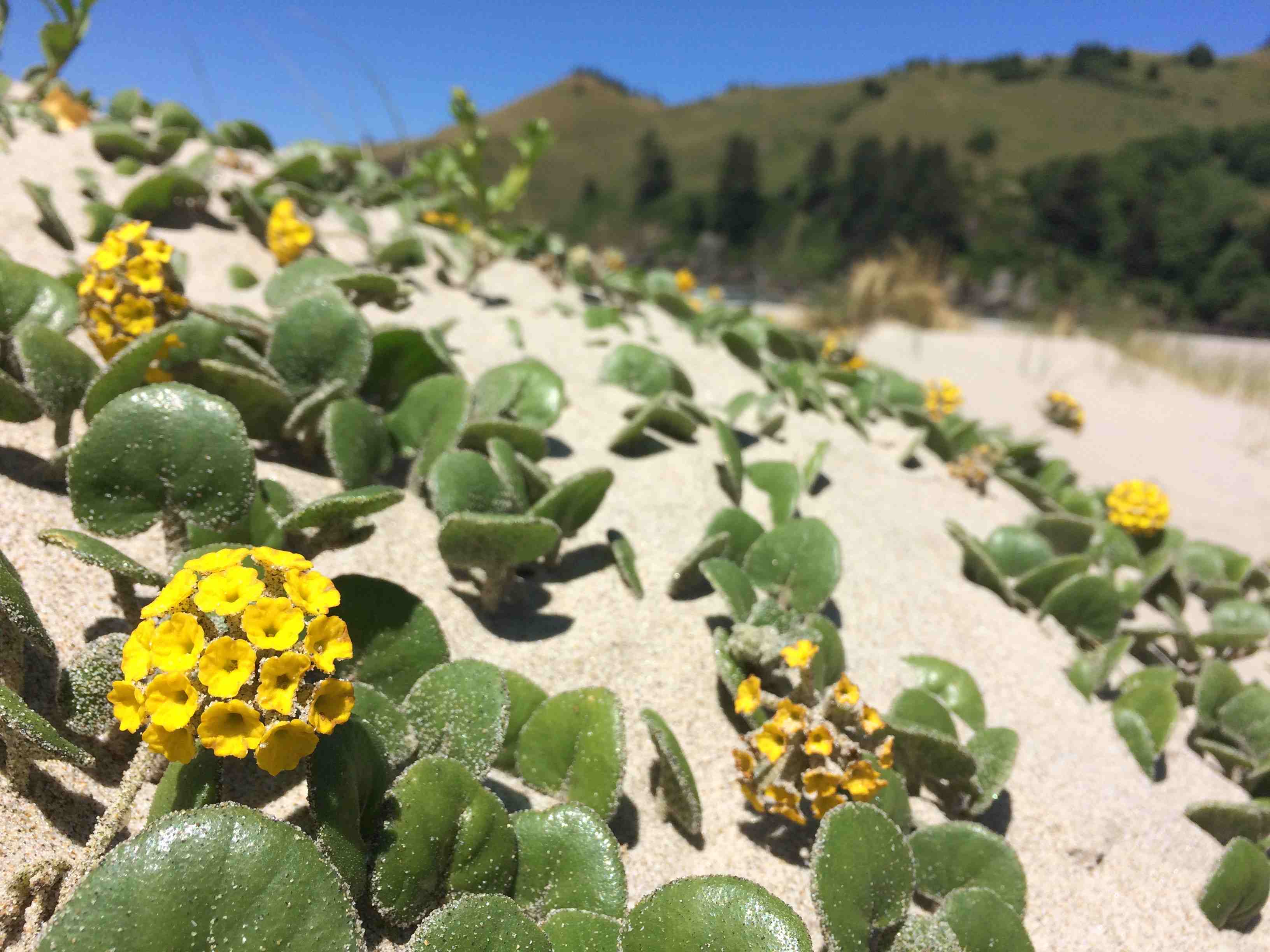

Understanding Soil
What Is The Planting Zone For Oregon
Modified: January 22, 2024
Discover the planting zone for Oregon and gain a deeper understanding of soil. Unlock insights on optimal soil conditions, plant suitability, and gardening success in Oregon's diverse climate.
(Many of the links in this article redirect to a specific reviewed product. Your purchase of these products through affiliate links helps to generate commission for Chicagolandgardening.com, at no extra cost. Learn more)
Table of Contents
Introduction
Welcome to the world of gardening in Oregon! Whether you are an avid green thumb or just discovering the joys of planting and nurturing plants, understanding your planting zone is crucial for successful gardening. Oregon, located in the Pacific Northwest region of the United States, offers a unique climate and soil conditions that require special consideration when choosing which plants to grow.
Planting zones are geographically defined regions that help gardeners determine the specific climate conditions and appropriate plant choices for their area. These zones are based on a number of factors including temperature ranges, average frost dates, and moisture levels. By knowing your planting zone, you can select plants that are well-suited to thrive in your specific environment.
Understanding your planting zone is not only important for selecting the right plants, but it also helps you plan and manage your garden effectively. By aligning your gardening practices with the climate and soil conditions in your area, you can optimize plant growth and increase the chances of a successful harvest.
Oregon’s diverse geography and varied climate make it an interesting state for gardening. From the coastal areas with mild temperatures and high humidity to the eastern regions with hotter summers and cooler winters, the planting zones in Oregon can vary significantly. It is essential to understand the factors that influence planting zones in Oregon in order to make informed decisions about what and when to plant in your garden.
In this article, we will delve into the factors that impact Oregon’s planting zones and explore the planting zone map for the state. We will also provide helpful tips and suggestions for gardening in Oregon’s planting zone, as well as highlight some popular plant choices that thrive in the region.
Understanding Planting Zones
Planting zones, also known as hardiness zones, are a way to categorize different regions based on the average minimum temperature. Understanding these zones is crucial for gardeners as it helps them determine which plants are most likely to thrive in their specific climate.
The United States Department of Agriculture (USDA) developed the most widely used planting zone system, which divides the country into 13 different zones. These zones are based on the average annual extreme minimum temperature and are further divided into subzones, denoted by a and b.
Each planting zone is associated with a range of temperatures that plants can tolerate. By choosing plants that are suited to their specific zone, gardeners can increase the chances of successful growth and minimize the risk of plants dying due to extreme cold or heat.
The planting zones are not the only factor to consider when selecting plants for your garden. Other climatic factors like frost dates, humidity, and precipitation levels also play a significant role. These additional factors help gardeners make more accurate decisions about what and when to plant to maximize their gardening success.
It is important to note that planting zone information is a useful guideline, but it is not an absolute rule. Microclimates within regions can have a significant impact on plant growth and viability. Factors such as proximity to bodies of water, elevation, and exposure to sunlight can create microclimates that differ from the general zone classification.
To determine your specific planting zone, you can refer to the USDA’s online interactive planting zone map. By entering your zip code or location, you can find out which zone you belong to and obtain valuable information about the average winter lows in your area.
In the next section, we will explore why understanding planting zones is particularly important in the context of gardening in Oregon.
The Importance of Planting Zones
Understanding and utilizing planting zones is essential for successful gardening. The importance of planting zones can be summarized in the following ways:
1. Selecting the right plants: Different plants have different temperature tolerances. By identifying your planting zone, you can choose plants that are well-suited to your specific climate and will thrive in your garden. This will increase the likelihood of healthy growth and yield better results.
2. Optimizing plant growth: Plants that are well-suited to the local climate have a higher chance of thriving and growing vigorously. By aligning your plant choices with your planting zone, you can provide the optimal growing conditions for your plants, resulting in healthier and more productive gardens.
3. Protecting plants from extreme weather: Planting zones provide valuable information about the average minimum temperatures in your area. This is particularly important during winter months when frost and cold snaps can damage or even kill plants. By selecting plants suitable for your zone, you can minimize the risk of losing your plants to freezing temperatures.
4. Planning and timing your garden: Planting zones also provide insights into growing seasons and frost dates. By understanding the typical timing of spring and fall frosts, you can plan your planting schedule accordingly. This allows you to optimize the growth and productivity of your plants, ensuring successful harvests.
5. Saving time and effort: By choosing plants that are well-adapted to your planting zone, you can reduce the need for extensive interventions like artificial heating or cooling. This saves you time, effort, and money, as you can focus on providing the best conditions for your plants within the natural confines of your zone.
6. Conserving resources: By selecting plants adapted to your climate, you reduce the need for excessive watering, fertilizing, and pest control measures. Plants that are naturally well-suited to your planting zone are more likely to thrive with minimal intervention, allowing you to conserve resources and practice sustainable gardening.
7. Increasing gardening success: When you understand and work within your planting zone, you increase the chances of success in your gardening endeavors. By selecting suitable plants and providing optimal growing conditions, you set yourself up for a more fulfilling and rewarding gardening experience.
Now that we understand the importance of planting zones, let’s dive into the specific factors that affect Oregon’s planting zone in the next section.
Factors Affecting Oregon’s Planting Zone
Oregon’s unique geography and varied climate contribute to the factors that determine its planting zone. Several key factors influence Oregon’s planting zone and should be taken into account when selecting plants for your garden:
1. Latitude and Elevation: The north-south extent of Oregon, ranging from around 42°N at its southern border to 46°N at its northern border, affects temperature and day length. Higher elevations in mountainous regions experience cooler temperatures compared to coastal and lowland areas.
2. Pacific Ocean Influence: Oregon’s proximity to the Pacific Ocean has a significant impact on its climate. The ocean helps moderate temperatures, leading to cooler summers and milder winters compared to inland regions at similar latitudes. Coastal areas experience marine influences, including higher humidity levels and more moderate temperature fluctuations.
3. Coastal vs. Inland Climate: Oregon’s climate varies between coastal and inland regions. Coastal areas are characterized by milder temperatures, higher rainfall, and moderate humidity levels. Inland areas, particularly in the eastern part of the state, experience hotter summers, colder winters, and lower precipitation.
4. Rain Shadow Effect: The Cascade Mountain Range, running north to south along Oregon’s western border, creates a rain shadow effect. This means that the western slopes of the Cascades receive significantly more precipitation than the eastern slopes. As a result, the western regions have more favorable conditions for growing certain types of plants.
5. Summer Drought: Certain parts of Oregon, particularly the east and central regions, experience summer drought conditions. This factor affects the types of plants that can thrive in these areas, as they need to be tolerant of dry conditions and have the ability to thrive in less water.
6. Microclimates: Oregon is known for its diverse microclimates. Factors such as proximity to bodies of water, urban heat islands, and variations in elevation create microclimates that differ from the general planting zone classification. It is important to consider local conditions and microclimates within your specific area when selecting plants.
By understanding these factors, you can make informed decisions about the types of plants that are best suited to your specific location within Oregon’s planting zone. In the next section, we will explore the planting zone map and divisions in the state of Oregon.
Oregon’s Planting Zone Map
Oregon’s diverse geography and climate variations are reflected in its planting zone map. The state is divided into multiple zones, each indicating the average minimum temperatures that can be expected in different regions. The most commonly referenced planting zone map for the United States is the USDA Hardiness Zone Map, which provides valuable information for gardeners in Oregon.
Based on the USDA Hardiness Zone Map, Oregon is divided into several planting zones. The western part of the state, including coastal regions, falls primarily in zones 8 and 9. These zones are characterized by mild winters and cooler summers. Central and eastern parts of Oregon are divided between zones 4 to 7, with zone 4 experiencing the coldest temperatures and zone 7 having milder winters.
The Cascade Mountain Range acts as a natural barrier, influencing climate conditions and dividing the state into distinct regions. The western slopes of the Cascades, including areas like Portland, are generally warmer and wetter, falling within zones 8 and 9. The eastern slopes, including cities like Bend and Medford, experience colder winters and belong to zones 4 to 7.
Along the coast, the marine influence and proximity to the ocean create a unique microclimate. Coastal regions, such as Astoria and Newport, are in zone 8, with milder winters and cooler summers compared to inland areas.
It is important to keep in mind that planting zones are not the only consideration when planning your garden. Factors such as elevation, exposure to wind, and microclimates within your local area can affect the overall growing conditions.
When utilizing the planting zone map, it is important to remember that it serves as a guide, and your garden may differ due to local variables. Microclimates, soil conditions, and other factors play a role in plant success. It is a good practice to consult with local nurseries, gardening resources, and experienced gardeners in your specific area for the most accurate and relevant information.
Now that we have explored the planting zone map for Oregon, let’s move on to the next section, where we will discuss some popular plants that thrive in Oregon’s planting zone.
Popular Plants for Oregon’s Planting Zone
Oregon’s diverse climate and unique planting zones offer a wide range of plants that can thrive in the state. Whether you are looking to create a vibrant flower garden, grow your own vegetables, or cultivate an array of native plants, there are plenty of options to choose from. Here are some popular plants that are well-suited to Oregon’s planting zone:
1. Rhododendron: Known for their stunning blooms, rhododendrons are a favorite choice for many Oregon gardeners. These flowering shrubs come in a variety of colors and thrive in the acidic soil found in many parts of the state.
2. Oregon Grape: As the state flower of Oregon, the Oregon grape (Mahonia aquifolium) is a hardy evergreen shrub that produces bright yellow flowers in spring. It is drought-tolerant and offers attractive foliage throughout the year.
3. Lavender: This aromatic herb is well-suited to the drier regions of Oregon. Lavender thrives in full sun and well-drained soil, making it an excellent choice for adding fragrance and beauty to your garden.
4. Tomatoes: Tomatoes are a staple in many Oregon gardens. Choose varieties that are suited to your specific zone, and make sure to provide them with plenty of sun and well-draining soil. From cherry tomatoes to beefsteak varieties, there are options for every taste.
5. Blueberries: Oregon is known for its delicious blueberries. These versatile fruits can be grown in both containers and in-ground gardens. Look for varieties that are suited to your planting zone and provide them with acidic soil and plenty of moisture.
6. Ferns: Oregon’s cool and damp climate makes it an ideal environment for various types of ferns. From the delicate Maidenhair fern to the iconic Sword fern, these plants add a touch of elegance to shaded areas of the garden.
7. Native Plants: Incorporating native plants into your garden is not only environmentally friendly but also ensures they are well-suited to the local climate. Some popular native plants in Oregon include the Douglas fir, Oregon iris, and Indian plum.
8. Roses: With the nickname “The City of Roses,” it’s no surprise that roses are a popular choice for many Oregonians. From hybrid teas to climbers, there are numerous types and colors to choose from, allowing you to create a stunning floral display.
These are just a few examples of the many plants that thrive in Oregon’s planting zone. When selecting plants for your garden, consider factors such as sun exposure, soil type, and water requirements. Consulting with local nurseries and gardening resources can provide additional insights and recommendations tailored to your specific planting zone and garden preferences.
In the next section, we will provide some helpful tips for gardening in Oregon’s planting zone.
Tips for Gardening in Oregon’s Planting Zone
Gardening in Oregon’s planting zone requires some special considerations due to the state’s diverse climate and unique growing conditions. Whether you are a seasoned gardener or just starting out, these tips will help you make the most of your gardening experience in Oregon:
1. Understand Your Specific Planting Zone: Familiarize yourself with the specific planting zone for your location in Oregon. This will help you choose plants that are best suited to your climate and growing conditions.
2. Work with Microclimates: Take advantage of any microclimates in your garden or yard. Identify areas that receive more or less sun, areas that are protected from wind, or spots that tend to collect moisture. Adjust your plant selection and placement accordingly to maximize their chances of success.
3. Amend Your Soil: Oregon soils can vary in composition and fertility. Before planting, test your soil and make any necessary amendments to optimize its fertility and drainage. Organic matter, such as compost, can improve soil structure and nutrient content.
4. Mulch and Water Consistently: Apply a layer of organic mulch around your plants to help conserve moisture, regulate soil temperature, and control weeds. Water your plants consistently, taking into account the specific water needs of each plant.
5. Choose Native and Drought-Tolerant Plants: Consider incorporating native plants that are well-adapted to Oregon’s climate. These plants have evolved to thrive in local conditions and often require less water and maintenance. Additionally, choose drought-tolerant plants suited to your planting zone to conserve water during dry spells.
6. Practice Integrated Pest Management: Monitor your garden regularly for pests and diseases. Implement integrated pest management (IPM) techniques, such as using biological controls and organic pest repellents, to minimize the use of pesticides and promote a healthier garden ecosystem.
7. Plan for Year-Round Interest: Select a mix of plants that offer interest throughout the year, including those with colorful blooms, attractive foliage, or interesting textures. This will ensure that your garden remains visually appealing and enjoyable in every season.
8. Take Advantage of Oregon’s Growing Season: Oregon’s planting zone allows for an extended growing season compared to many other regions. Take advantage of this by planting cool-season crops in early spring and fall, and exploring the wide variety of vegetables, herbs, and flowers that can be grown in the state.
9. Embrace Sustainable Gardening Practices: Conserve resources and promote a healthy garden ecosystem by practicing sustainable gardening. This includes composting, minimizing pesticide use, conserving water, and attracting beneficial insects and pollinators to your garden.
10. Continue Learning and Seeking Advice: Gardening is a lifelong learning experience. Stay curious, join local gardening communities, and seek advice from experienced gardeners or horticultural experts. They can provide valuable insights and guidance specific to your location and planting zone.
By following these tips, you can enhance your gardening success in Oregon’s planting zone and create a beautiful and thriving garden space. Now, let’s wrap up this article with some closing thoughts.
Conclusion
Gardening in Oregon’s diverse planting zones offers a world of possibilities for both experienced and novice gardeners. Understanding your specific planting zone, considering the factors that impact it, and selecting plants that are well-suited to your climate and soil conditions are key to successful gardening in the state.
By utilizing the USDA Hardiness Zone Map for Oregon and considering microclimates within your garden, you can make informed decisions about which plants will thrive in your specific area. Additionally, amending your soil, practicing sustainable gardening techniques, and choosing native and drought-tolerant plants will help you create a garden that is resilient, beautiful, and in harmony with the local environment.
Remember to plan your garden for year-round interest, taking advantage of Oregon’s extended growing season and the wide variety of plants that can be grown. Water consistently, practice integrated pest management, and seek advice from local experts to ensure the health and vitality of your garden.
Gardening in Oregon’s planting zone is not only a rewarding hobby but also an opportunity to connect with nature, promote sustainable practices, and create a vibrant and thriving outdoor space. Embrace the unique climate and soil conditions of the state, and enjoy the beauty and abundance that can be cultivated in your own backyard.
So, get your hands dirty, experiment with different plants, and let your garden in Oregon’s planting zone be a reflection of your creativity and love for nature. Happy gardening!
